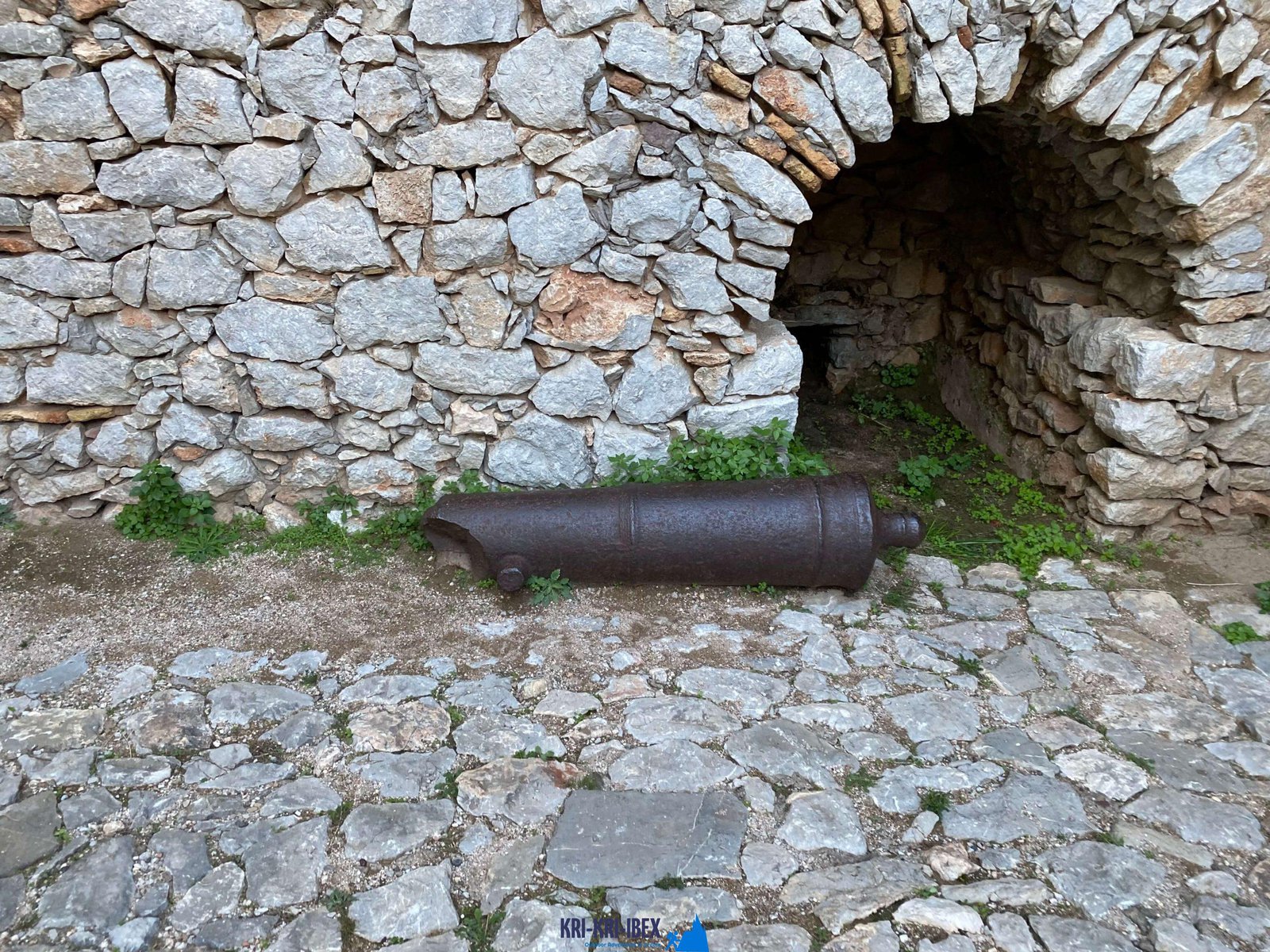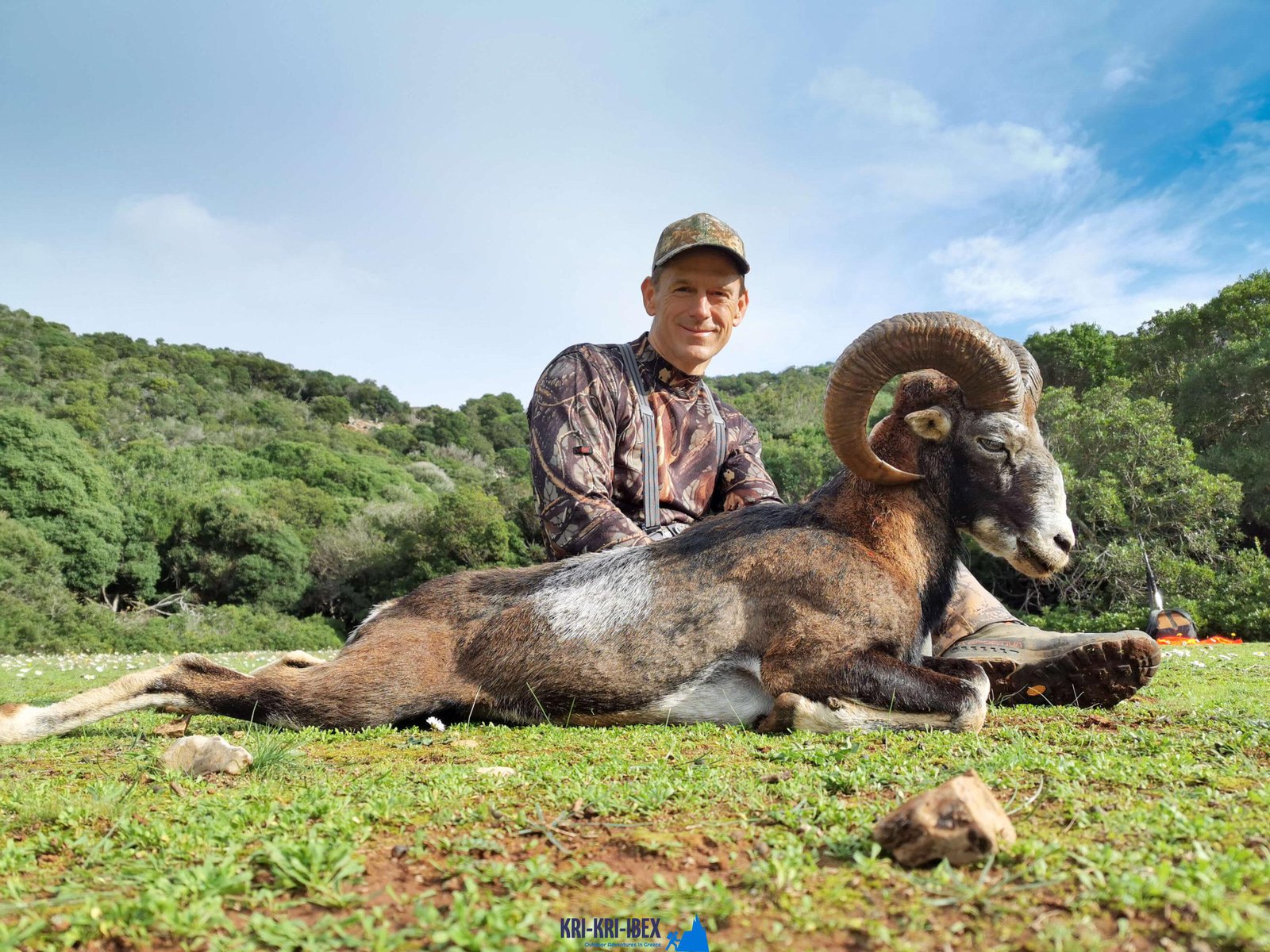Why The Peloponnese Is The 'Real' Greece
Why The Peloponnese Is The 'Real' Greece
Blog Article

The Kri Kri ibex hunt in Greece is an amazing hunting holiday and also an interesting hunting expedition all rolled into one. Searching for Kri Kri ibex is an unpleasant experience for most of hunters, but not for me! It's an amazing hunt for a stunning Kri Kri ibex on an unique island as we explore old Greece, dive to shipwrecks, and also hunt throughout 5 days. What else would certainly you such as?

The hunt for kri-kri ibex on the island of Sapientza can be a challenging and challenging one. The ibex reside in tough, steep terrain with sharp, jagged rocks that can quickly leave you without shoes after just 2 trips there. Shooting a shotgun without optics can likewise be a difficulty. The hunt is most definitely worth it for the chance to bag this majestic pet.
When you arrive in the Peloponnese peninsula is the amazingly stunning landscape, the initial point you will notice. The hills, lakes, rivers, as well as woodlands make this location a nature lover's paradise. There are likewise lots of opportunities for treking, fishing, swimming, and other exterior tasks. But the Peloponnese peninsula is not almost its all-natural elegance; there are also many historic and also social websites to explore. Do not neglect also fishing, free-diving as well as searching. Several of the most popular visitor destinations in the Peloponnese include ancient Olympia, Epidaurus, Mycenae, as well as Sparta. These locations use an interesting look right into Greece's abundant history as well as culture. If you want finding out more regarding Greek mythology, then you will certainly wish to go to Mount Olympus, home of the 12 Olympian gods. Obviously, no trip to Greece would certainly be complete without attempting several of the scrumptious food. The Peloponnese peninsula is house to a few of the very best olive oil on the planet as well as feta cheese, olives, honey, and wine. Make sure to attempt a few of the local specializeds such as dolma (packed grape leaves), Souvlaki (barbequed meat skewers), and Gyro (meat covered in pita bread).
Experience 'Real' Greece with Our Peloponnese Tours. Look no additionally than our Peloponnese excursions if you're looking for a genuine Greek experience. From ancient ruins and castles to delicious food as well as white wine, we'll reveal you whatever that this impressive region needs to provide. What are you waiting for? Schedule your trip today! Your Kri Kri ibex hunting in Greece is here!
What is the diference between Kri Kri ibex, Bezoar ibex and hybrid ibex
The kri-kri is not thought to be indigenous to Crete, most likely having been imported to the island during the time of the Minoan civilization. Nevertheless, it is found nowhere else and is therefore endemic to Crete. It was common throughout the Aegean but the peaks of the 8,000 ft (2,400 m) White Mountains of Western Crete are their last strongholds–particularly a series of almost vertical 3,000 ft (900 m) cliffs called ‘the Untrodden’—at the head of the Samaria Gorge. This mountain range, which hosts another 14 endemic animal species, is protected as a UNESCO Biosphere Reserve. In total, their range extends to the White Mountains, the Samaria National Forest and the islets of Dia, Thodorou, and Agii Pandes.
This Ibex is NOT a diminutive form of the Bezoar Ibex, which has migrated into the western-most reach of the range of this species. The kri – kri (Capra aegagrus cretica), sometimes called the Cretan goat, Agrimi, or Cretan Ibex, is a feral goat inhabiting the Eastern Mediterranean, previously considered a subspecies of wild goat. The kri-kri has a light brownish coat with a darker band around its neck. It has two horns that sweep back from the head. In the wild they are shy and avoid tourists, resting during the day. The animal can leap some distance or climb seemingly sheer cliffs.
“The agrimi goat Capra aegagrus cretica is unique to Crete and its offshore islands. It has been identi®ed as a sub-species of the wild bezoar goat Capra aegagrus aegagrus Erxleben, 1777, which it closely resembles in horn shape, body form and coloration. This classi®cation has been disputed by some researchers who claim that the agrimi are feral goats, derived from early domestic stock brought to the island by the ®rst Neolithic settlers. In order to clarify this issue, DNA analyses (cytochrome b and D loop sequences) were carried out on tissue of live and skeletonized agrimi and compared to sequences of wild and domestic caprines. Results conclusively show the agrimi to be a feral animal, that clades with domestic goats (Capra hircus) rather than with wild Asiatic bezoar. This study demonstrates that morphometric criteria do not necessarily re¯ect genetic af®nities, and that the taxonomic classi®cation of agrimi should be revised.”
Report this page